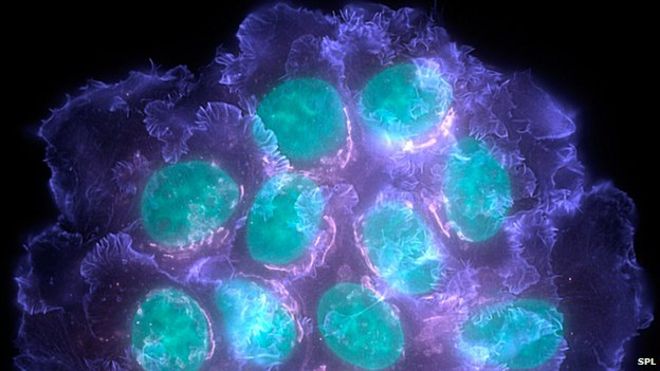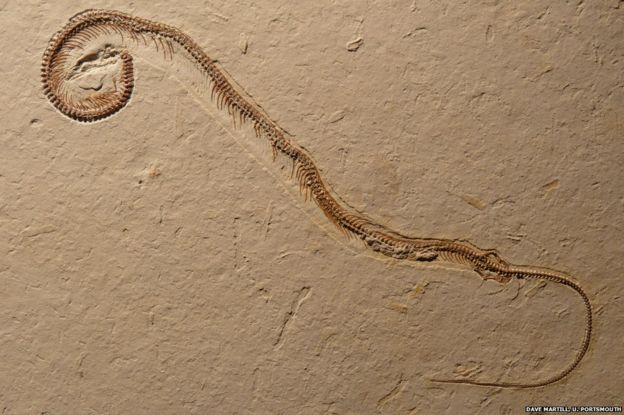Some of the Middle East's most highly prized archaeological treasures are under threat from the extremist militants of Islamic State (IS).
So archaeologists are desperately trying to record as much of these sites as they can.
And, in contrast to Indiana Jones and its low-tech bullwhip, they're using the latest technology to do it.
But it may already be too late for the ancient city of Palmyra in Syria. This once-rich oasis straddling age-old caravan routes, featuring colonnaded porticos and the sleek sandstone Tower of Elahbel, fell to IS on 21 May 2015.
The city is now strewn with landmines.
And according to reports, the militants promptly destroyed the 1,900-year-old Lion of Al-lat statue.
Digital ghosts
No wonder archaeologist Roger Michel is in a hurry to preserve - if only in digital form - the relics lying in the militants' onward path.
Mr Michel's team from the Institute of Digital Archaeology - a joint venture between Harvard University and the Classics Conclave - is hoping to flood the area with 3D cameras and enlist local partners to photograph as many items of historical interest as they can.
"If we can get 5,000-to-10,000 [3D cameras] in the field in the next three or six months," he says, "then, if we can't protect these things at the ground, we can at least preserve a highly detailed record of what's there."
He is relying on a patchwork of local museums, non-governmental organisations and volunteers to carry out the digital archiving.
But taking and uploading complex photos in hot, desert conditions where internet access is patchy is challenging.
The cameras need to be robust, have a long battery life and be capable of uploading large files.
"We're working a lot on the battery, since there will be limited access to electricity," Mr Michel says.
They have partnered with New York University's Institute for the Study of the Ancient World to store the 3D images, and with Massachusetts Institute of Technology Three Dimensional Printing Laboratory to print them.
View from the air
The threat from IS has added a new urgency to archaeologists' attempts to record mankind's cultural history.
The Universities of Oxford and Leicester have been using satellite imagery and aerial photography as part of a project called Endangered Archaeology in the Middle East and North Africa.
The £1.2m project will create an open-access database, registering information about each site and its condition, all in easily accessible Geographic Information System [GIS] format.
Remote monitoring is particularly useful in war-ravaged countries like Syria, Iraq, and Libya where on-the-ground surveys are dangerous.


































